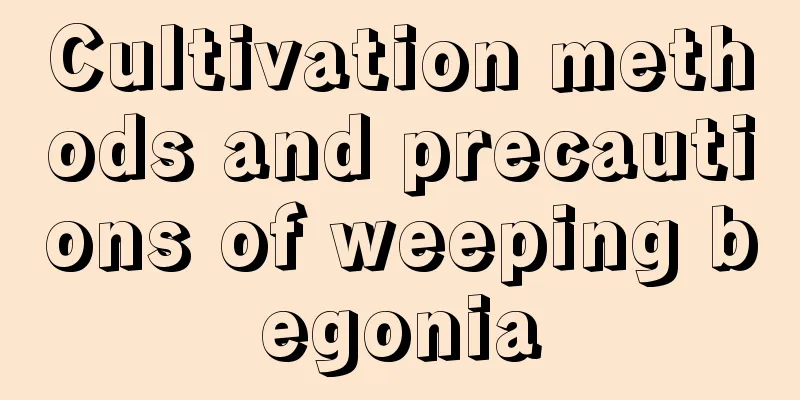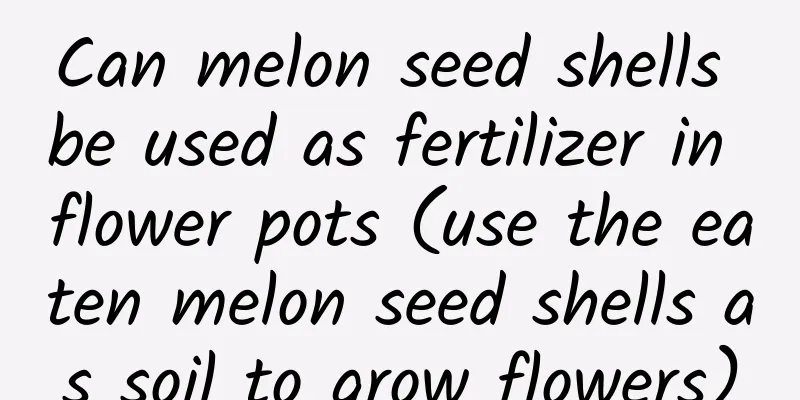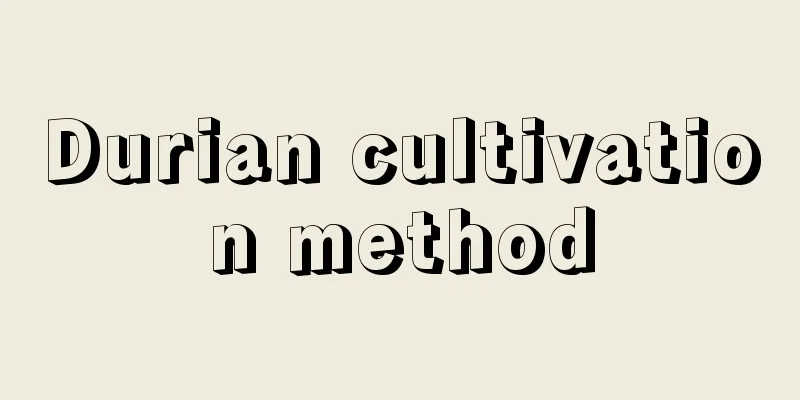Cultivation methods and precautions of weeping begonia

Cultivation method of weeping begoniaPot soil selectionWhen potting weeping crabapples, you can choose a culture soil that is mixed in the ratio of 4 parts garden soil, 1 part river sand, 4 parts leaf mold, and 1 part organic fertilizer. You can choose a more rustic flowerpot to create a beautiful weeping crabapple bonsai. Light and temperatureWeeping crabapple grows best in a sunny and warm environment. The suitable temperature for growth is between 15℃~28℃. It can tolerate temperatures as low as -5℃ in winter, so you don’t need to put the weeping begonia indoors to keep it warm, but instead bury the flowerpot in the soil. When the temperature is high and the sun is strong in summer, you need to provide proper shade and you can also cool down by spraying water. Water and fertilizer managementWeeping begonia needs sufficient water during the growing season, but water should not accumulate in the pot. You can water more often in spring and summer. In summer, you can water once every morning and evening when the temperature is high. During rainy seasons, be careful not to allow water to accumulate in the pot, drain the water in time to prevent root rot, and reduce watering in autumn. During the growing season, weeping crabapple should be fertilized with thin fertilizer water once a month. Before flowering, apply some phosphorus fertilizer to promote flowering. Stop fertilizing after the leaves fall in autumn. Precautions for the cultivation of weeping begoniaprunePruning the branches of weeping crabapple can promote branching, control the plant shape and make it bloom more. It is best to prune after flowering or during the dormant period. RepottingThe weeping crabapple can be repotted, repotted, and root and branch pruned in early spring or late autumn, and some base fertilizer should be applied when potting. Pests and diseasesCommon pests of weeping crabapple include wax scale, apple aphid, longhorn beetle and red spider, and the main disease is rust. |
<<: Cultivation methods and precautions of moth and butterfly flower
>>: Cultivation methods and precautions of silk flower
Recommend
Things to note when changing the soil for Clivia, and how to care for it after repotting?
1. Notes 1. Stop watering before changing the soi...
How to prune lotus leaves? Methods and precautions for pruning leaves
Lotus flower pruning time Bowl lotus likes a warm...
When should leeks stop being harvested during the winter? When should they be harvested in the north?
1. When should you not cut? Generally, leeks are ...
How to prune fuchsia
1. Pruning during the seedling stage The main pur...
Can durian be grown in Henan?
Durian is a famous tropical fruit and is known as...
Black Master's breeding methods and precautions
1. Breeding methods 1. Temperature: Black Magic M...
Common diseases of the dwarf ...
Common diseases of the dwarf jasmine: leaf spot S...
What flowers are suitable for growing in Tangshan? What are the city flowers and trees?
1. Climate characteristics of Tangshan Tangshan h...
Can the green radish be cut without aerial roots? What is the reason for no rooting?
1. Can cuttings be taken without aerial roots? Ev...
How to make spider plants colorful in wedding oil painting
Wedding Oil Painting Chlorophytum Conditions Afte...
How to fertilize cabbage more effectively?
Cabbage, also known as cabbage, Chinese cabbage, ...
These flowers grow better in water
Rosemary in water Procedure If you don’t have a s...
Is planting pomelo profitable? Planting profit analysis
Is growing pomelo profitable? Pomelo is a type of...
How many pounds of potato per mu
Potato Introduction Potatoes belong to the Solana...
How to grow asparagus fern
1. Breeding environment: 1. Temperature. The indo...









